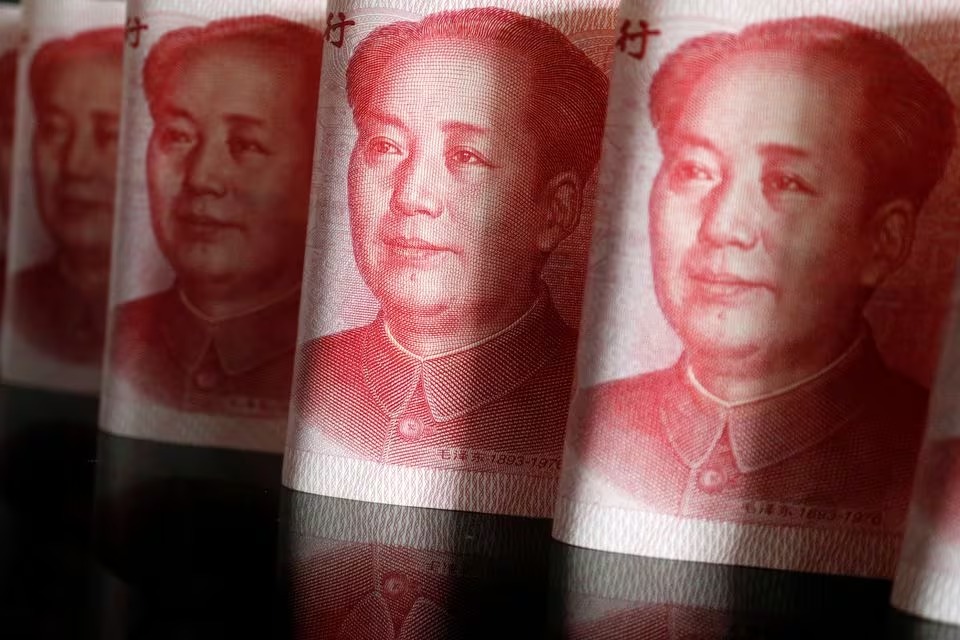
Overview of China’s Bank Lending in 2023
China experienced a surge in new bank lending in 2023, reaching a record high of 22.75 trillion yuan, reflecting the central bank’s efforts to sustain an economic recovery facing unexpected challenges. While new yuan loans in December were lower than analysts’ expectations, the overall lending throughout the year indicated a robust financial environment. The People’s Bank of China has maintained accommodative policies to support the nation’s economic resurgence.
December New Yuan Loans and Analyst Expectations
In December, Chinese banks extended 1.17 trillion yuan in new yuan loans, slightly below analysts’ expectations of 1.40 trillion yuan. Despite the month-on-month variance, the annual figures portray a significant increase from 2022, marking a 6.8% rise.
Persistent Economic Challenges
China’s economic landscape has presented challenges, hindering a strong rebound from the post-COVID pandemic period. Factors such as weak consumer and business confidence, substantial local government debts, and an ongoing property crisis have contributed to the hurdles faced by the world’s second-largest economy.
Deflationary Pressures and Policy Response
As China grapples with deflationary pressures heading into 2024, experts anticipate further policy easing measures to stimulate growth. Analysts, including Zong Liang from the Bank of China, emphasize the potential need for lowering interest rates to address these challenges effectively.
Uneven Economic Recovery and Sectoral Dynamics
Released data highlights an uneven economic recovery, with exports showing modest improvement while deflationary pressures persist due to weak domestic demand. The forthcoming data on industrial output, investment, and retail sales for December will offer insights into the overall economic momentum.
Anticipated Monetary Policy Adjustments
In response to economic uncertainties, the People’s Bank of China (PBOC) is expected to introduce fresh easing measures, including liquidity injections and potential key interest rate cuts. The challenge for the central bank lies in ensuring a balanced flow of credit to both productive forces and consumption, mitigating deflation risks.
Key Loan Categories and Money Supply Dynamics
Household loans in 2023 totaled 4.33 trillion yuan, accounting for nearly 20% of total new loans, while corporate loans amounted to 17.91 trillion yuan. Broad M2 money supply grew 9.7% from a year earlier, showing the slowest growth since March 2022. Outstanding yuan loans increased by 10.6% in December from a year earlier, hitting the lowest point in over two decades.
Total Social Financing (TSF) and Economic Liquidity
The growth of outstanding total social financing (TSF), a comprehensive measure of credit and liquidity, quickened to 9.5% in December. Despite a decrease in TSF from November, the broad measure includes diverse forms of financing beyond traditional bank lending, such as IPOs, trust company loans, and bond sales.
Future Economic Outlook
China’s economic growth is anticipated to reach the official target of around 5% in 2023. However, uncertainties persist, prompting the government to consider sustained support measures. The central bank’s upcoming decisions will play a crucial role in stabilizing and strengthening the Chinese economy.
Subscribe to Follow Global Trends for daily global news.To Advertise, send a mail to advertise@followglobaltrends.com


